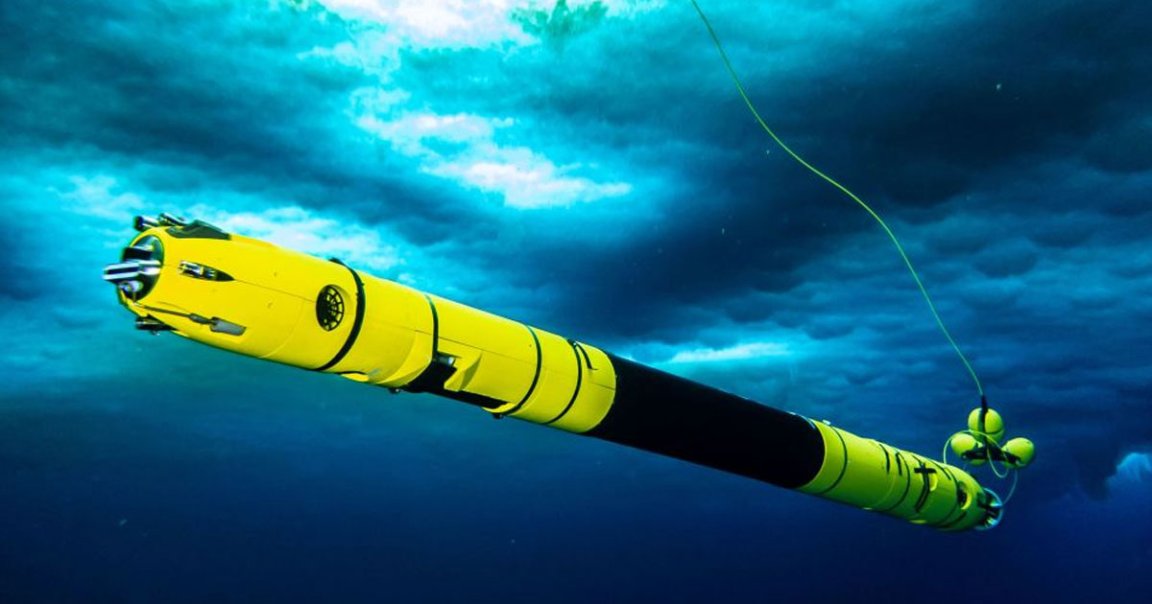
Doomsday Glacier
The Thwaites Glacier in Antarctica — perhaps better known as the “Doomsday Glacier” — is about the size of Florida and locked in place by a small ice shelf, which acts as an important buffer against sea level rise.
Now, using a torpedo-like robot to get a closer look, researchers have discovered that this critical shelf is starting to show cracks and “staircase” formations, worrying signs that it’s undergoing rapid changes as climate change accelerates, CNN reports.
The consequences, as the glacier’s nickname suggests, could be disastrous. If it was to collapse, the glacier could contribute to a sea level rise of more than two feet, which could pose a grave threat to coastal communities worldwide.
Icefin Station
To get a better look at the ice shelf, researchers sent a small robot dubbed Icefin almost 2,000 feet below the surface via a bored hole. The remotely-controlled robot collected images and videos, as well as crucial data including water temperature and salinity.
The robot could “swim up to these really dynamic places and take data from the sea floor all the way to the ice,” Britney Schmidt, a Cornell University professor and lead author of one of two papers about the findings published in the journal Nature, told CNN.
The collected data paints a nuanced picture, according to the researchers, revealing that the glacier is melting slower than expected as compared to previous projections, averaging 6.5 to 17.7 feet a year.
“What we have found is that despite small amounts of melting there is still rapid glacier retreat, so it seems that it doesn’t take a lot to push the glacier out of balance,” Peter Davis, British Antarctic Survey oceanographer and lead author on the second paper, told CNN, warning that the “glacier is still in trouble.”
When, Not If
Massive cracks, in particular, worried the researchers, leading to accelerated melting, something that could eventually trigger an “ice shelf collapse,” they argue.
In short, it’s not a matter of whether the Thwaites Glacier will collapse — it’s a matter of when, which means studying the area could allow us to better prepare when disaster inevitably strikes.
“Despite it being so remote, the consequences of what happens on Thwaites will impact everybody,” Davis told CNN.
READ MORE: So-called Doomsday Glacier is ‘in trouble,’ scientists say after finding surprising formations under ice shelf [CNN]
More on glaciers: Antarctic Research Project Will Determine If a Huge Glacier Will Soon Break Off